-
 Bitcoin
Bitcoin $107,810.8710
-1.45% -
 Ethereum
Ethereum $2,531.4386
-1.75% -
 Tether USDt
Tether USDt $1.0000
-0.03% -
 XRP
XRP $2.2542
-0.99% -
 BNB
BNB $659.1350
-0.50% -
 Solana
Solana $148.5456
-2.40% -
 USDC
USDC $0.9999
-0.02% -
 TRON
TRON $0.2868
-0.44% -
 Dogecoin
Dogecoin $0.1666
-3.65% -
 Cardano
Cardano $0.5751
-2.36% -
 Hyperliquid
Hyperliquid $37.6845
-5.51% -
 Bitcoin Cash
Bitcoin Cash $494.9448
-0.65% -
 Sui
Sui $2.8396
-3.31% -
 Chainlink
Chainlink $13.2423
-2.59% -
 UNUS SED LEO
UNUS SED LEO $9.0482
0.02% -
 Stellar
Stellar $0.2467
-2.44% -
 Avalanche
Avalanche $17.8165
-3.63% -
 Shiba Inu
Shiba Inu $0.0...01158
-2.41% -
 Toncoin
Toncoin $2.7397
-3.42% -
 Hedera
Hedera $0.1560
-2.73% -
 Litecoin
Litecoin $85.8559
-2.34% -
 Monero
Monero $315.3710
-2.30% -
 Dai
Dai $1.0001
0.00% -
 Polkadot
Polkadot $3.3443
-2.03% -
 Ethena USDe
Ethena USDe $1.0001
0.01% -
 Bitget Token
Bitget Token $4.2888
-3.73% -
 Uniswap
Uniswap $7.3388
-1.57% -
 Aave
Aave $278.2986
-3.05% -
 Pepe
Pepe $0.0...09807
-3.67% -
 Pi
Pi $0.4563
-2.39%
How do I set up API trading on Bitstamp?
The Bitstamp API enables automated trading by allowing users to place orders, check balances, and retrieve market data programmatically, enhancing trading efficiency.
Apr 23, 2025 at 03:43 pm
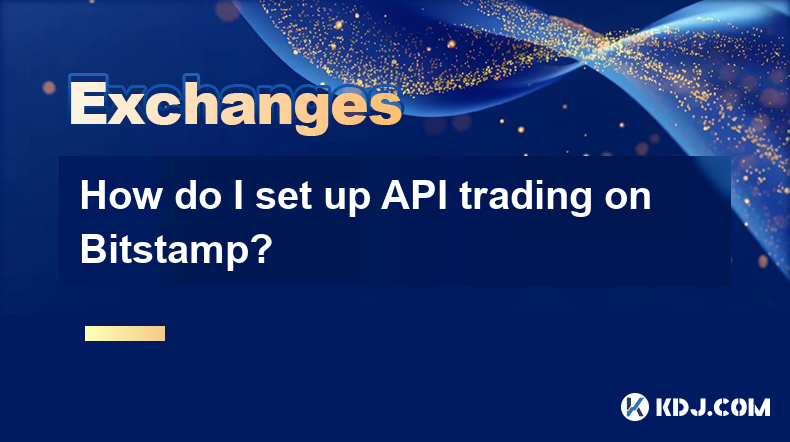
Setting up API trading on Bitstamp is a straightforward process that allows you to automate your trading strategies and integrate with various trading tools. This article will guide you through the steps required to set up and use the Bitstamp API for trading.
Understanding the Bitstamp API
The Bitstamp API is a powerful tool that allows users to interact with the Bitstamp exchange programmatically. It enables you to place orders, check balances, and retrieve market data without manually navigating through the exchange's interface. The API uses RESTful architecture, which means it's designed to be easy to use and integrate with other systems.
To use the Bitstamp API, you'll need to generate API keys, which are unique identifiers that allow your applications to access your Bitstamp account securely. These keys are crucial for maintaining the security of your account, so it's essential to keep them safe and never share them with anyone.
Generating API Keys on Bitstamp
To start using the Bitstamp API, you'll need to generate API keys from your Bitstamp account. Here's how you can do it:
- Log in to your Bitstamp account and navigate to the "Account" section.
- Click on "API Access" under the account settings.
- Click on "New API Key" to start the process of generating a new key.
- You'll be prompted to enter a name for the key, which helps you identify its purpose.
- You can choose to enable or disable specific permissions for the key, such as trading, withdrawals, or balance inquiries. Make sure to only enable the permissions you need to minimize potential security risks.
- After setting the permissions, you'll be asked to enter a two-factor authentication (2FA) code if you have it enabled on your account.
- Once you've entered the 2FA code, your new API key will be generated. You'll see an API Key and a Secret Key. Make sure to save these keys in a secure place, as you won't be able to view the Secret Key again.
Using the Bitstamp API for Trading
Once you have your API keys, you can start using the Bitstamp API for trading. Here's a basic overview of how to use the API for placing orders:
- Use the API endpoint for placing orders. The endpoint for placing a buy order is
/buy/, and for a sell order, it's/sell/. You'll need to send a POST request to these endpoints with the necessary parameters, such as the amount of cryptocurrency you want to buy or sell and the price at which you want to execute the order. - Include your API Key and Secret Key in the request headers to authenticate your request. The API Key should be included in the
X-Authheader, and the Secret Key should be used to sign the request. - After sending the request, the API will respond with a JSON object that contains information about the order, such as its ID, status, and any errors that occurred.
Securing Your API Keys
Securing your API keys is crucial to protect your Bitstamp account from unauthorized access. Here are some best practices for keeping your keys safe:
- Never share your API keys with anyone. If someone else has access to your keys, they can access your account and potentially steal your funds.
- Use different API keys for different applications. If one application is compromised, the others will still be safe.
- Regularly rotate your API keys. This means generating new keys and deactivating the old ones periodically to minimize the risk of key exposure.
- Store your API keys securely. Use a secure method, such as a password manager or an encrypted file, to store your keys.
Integrating the Bitstamp API with Trading Bots
Many traders use the Bitstamp API to integrate with trading bots, which are automated programs that execute trades based on predefined strategies. Here's how you can set up a trading bot with the Bitstamp API:
- Choose a trading bot platform that supports integration with the Bitstamp API. Popular platforms include HaasOnline, Gekko, and Cryptohopper.
- Set up your trading bot according to the platform's instructions. This typically involves configuring the bot's trading strategy, risk management settings, and other parameters.
- Enter your Bitstamp API keys into the trading bot platform. This allows the bot to access your Bitstamp account and execute trades on your behalf.
- Test your trading bot in a simulated environment before using it with real funds. This helps you ensure that the bot is working correctly and that your trading strategy is effective.
Monitoring and Managing API Orders
After you've placed orders using the Bitstamp API, it's important to monitor and manage them to ensure they're executed as intended. Here's how you can do that:
- Use the API endpoint for retrieving order information. The endpoint for retrieving order information is
/order_status/. You can send a GET request to this endpoint with the order ID to get the current status of the order. - Check the order status regularly to ensure that it's executed correctly. If the order is not executed as expected, you may need to cancel it and place a new one.
- Use the API endpoint for canceling orders. The endpoint for canceling an order is
/cancel_order/. You can send a POST request to this endpoint with the order ID to cancel the order.
Troubleshooting Common API Issues
While using the Bitstamp API, you may encounter some common issues. Here's how to troubleshoot them:
- Invalid API Key or Secret Key: If you're getting an error message about an invalid API key or secret key, double-check that you've entered the correct keys and that they're properly formatted.
- Insufficient Funds: If you're trying to place an order but getting an error about insufficient funds, check your account balance to ensure you have enough funds to cover the order.
- Rate Limiting: If you're getting rate limiting errors, it means you're making too many requests to the API in a short period. Reduce the frequency of your requests to stay within the API's rate limits.
FAQs
Q: Can I use the Bitstamp API for multiple accounts?
A: Yes, you can generate separate API keys for each account and use them to access different accounts with the Bitstamp API.
Q: Is there a limit to the number of API keys I can generate?
A: Bitstamp does not specify a limit on the number of API keys you can generate, but it's a good practice to keep the number of keys to a minimum to reduce security risks.
Q: How often should I rotate my API keys?
A: It's recommended to rotate your API keys every few months or whenever you suspect that a key may have been compromised.
Q: Can I use the Bitstamp API for real-time market data?
A: Yes, the Bitstamp API provides endpoints for retrieving real-time market data, such as ticker information and order book data.
Disclaimer:info@kdj.com
The information provided is not trading advice. kdj.com does not assume any responsibility for any investments made based on the information provided in this article. Cryptocurrencies are highly volatile and it is highly recommended that you invest with caution after thorough research!
If you believe that the content used on this website infringes your copyright, please contact us immediately (info@kdj.com) and we will delete it promptly.
- Ethereum, Exchanges, and Price Resilience: Navigating the Crypto Landscape
- 2025-07-08 08:30:13
- Bitcoin's NVT Golden Cross: Is a Local Top Brewing?
- 2025-07-08 09:10:11
- Semler Scientific's Bitcoin Bonanza: A Cryptocurrency Goal?
- 2025-07-08 09:10:11
- From Coin Flips to Cityscapes: How Names, Parks, and Planting Shaped St. Albert
- 2025-07-08 08:50:12
- Candles, Laundromats, and Inspiration: A Surprising New York Story
- 2025-07-08 09:15:11
- Iron Maiden Rocks the Royal Mint: A 50th Anniversary Coin That Kicks Ass
- 2025-07-08 09:15:11
Related knowledge
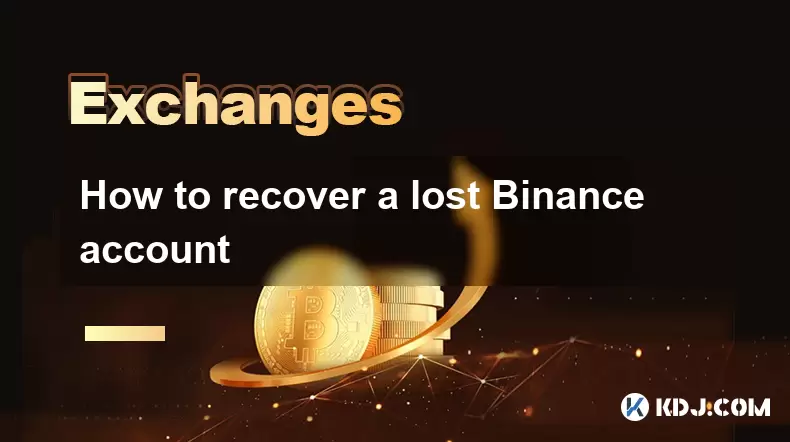
How to recover a lost Binance account
Jul 07,2025 at 09:07pm
What Happens When a Binance Account Is Lost?Losing access to your Binance account can be a distressing experience, especially if you hold significant digital assets. This typically occurs due to forgotten login credentials, loss of two-factor authentication (2FA) devices, or compromised accounts. Understanding the exact reason behind losing access is cr...
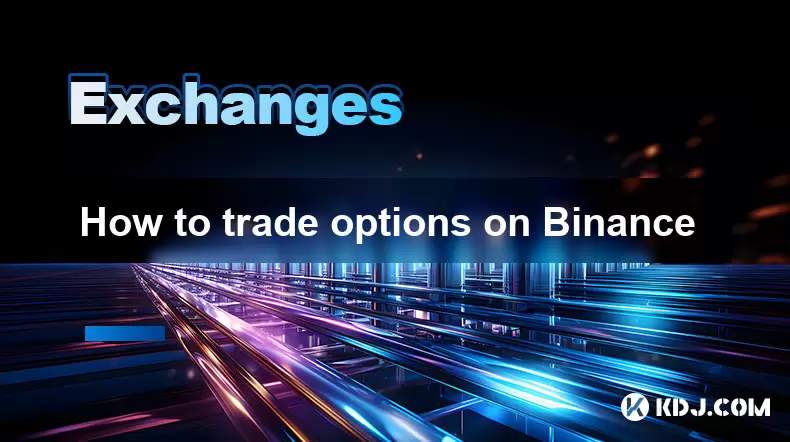
How to trade options on Binance
Jul 08,2025 at 04:35am
Understanding Options Trading on BinanceOptions trading allows investors to speculate on the future price of an asset without owning it. On Binance, users can trade crypto options, which are derivative contracts that give traders the right—but not the obligation—to buy or sell a cryptocurrency at a predetermined price before a specific date. This form o...
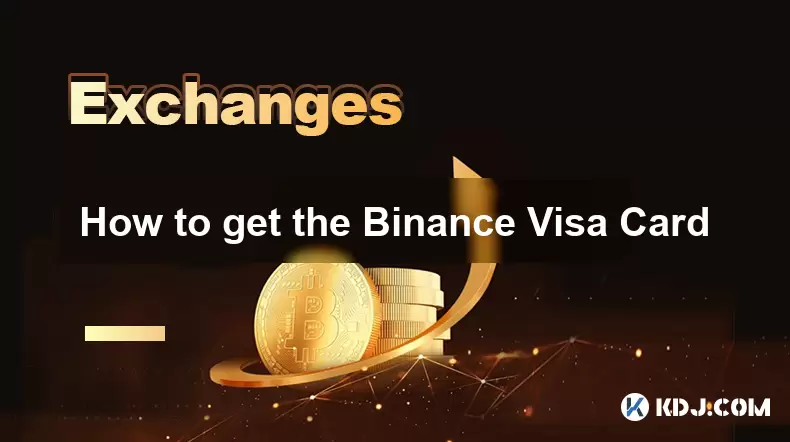
How to get the Binance Visa Card
Jul 08,2025 at 07:36am
What Is the Binance Visa Card?The Binance Visa Card is a cryptocurrency-linked payment solution that allows users to spend their digital assets in everyday transactions. Whether you're purchasing groceries, booking travel, or shopping online, this card enables seamless integration of crypto into your financial lifestyle. Unlike traditional debit or cred...

How to read Binance charts
Jul 07,2025 at 08:14pm
Understanding the Basics of Binance ChartsReading Binance charts effectively is essential for making informed trading decisions in the cryptocurrency market. Before diving into technical indicators and candlestick patterns, it's important to understand the basic layout of a chart on the Binance platform. The default chart interface displays price moveme...
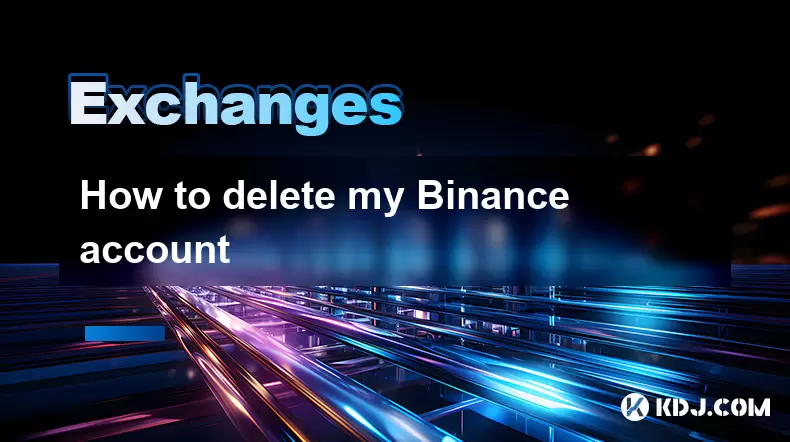
How to delete my Binance account
Jul 08,2025 at 06:35am
How to Delete My Binance AccountIf you're considering deleting your Binance account, it's important to understand the process thoroughly. Binance is one of the largest cryptocurrency exchanges globally, and permanently closing your account involves several steps. This guide will walk you through each necessary action to ensure a smooth deletion. Prepari...
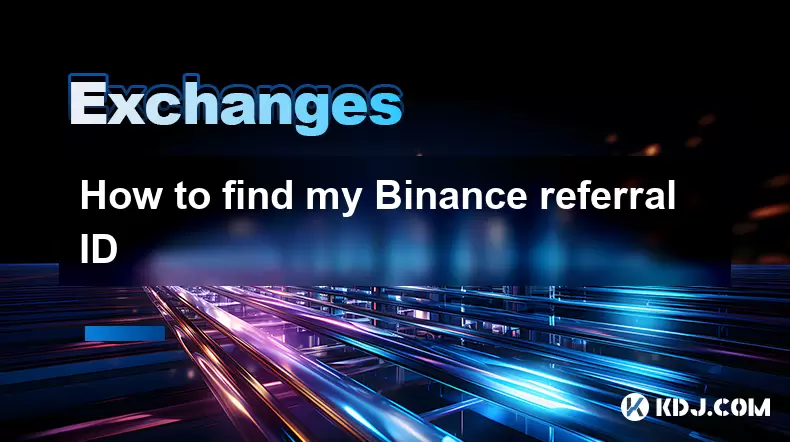
How to find my Binance referral ID
Jul 07,2025 at 06:29pm
What is a Binance Referral ID?A Binance Referral ID is a unique identifier assigned to each user on the Binance platform. This ID allows users to refer new traders to Binance and earn commissions from their trading fees. The referral program is an integral part of Binance’s ecosystem, encouraging community growth and rewarding active participants. Every...

How to recover a lost Binance account
Jul 07,2025 at 09:07pm
What Happens When a Binance Account Is Lost?Losing access to your Binance account can be a distressing experience, especially if you hold significant digital assets. This typically occurs due to forgotten login credentials, loss of two-factor authentication (2FA) devices, or compromised accounts. Understanding the exact reason behind losing access is cr...

How to trade options on Binance
Jul 08,2025 at 04:35am
Understanding Options Trading on BinanceOptions trading allows investors to speculate on the future price of an asset without owning it. On Binance, users can trade crypto options, which are derivative contracts that give traders the right—but not the obligation—to buy or sell a cryptocurrency at a predetermined price before a specific date. This form o...

How to get the Binance Visa Card
Jul 08,2025 at 07:36am
What Is the Binance Visa Card?The Binance Visa Card is a cryptocurrency-linked payment solution that allows users to spend their digital assets in everyday transactions. Whether you're purchasing groceries, booking travel, or shopping online, this card enables seamless integration of crypto into your financial lifestyle. Unlike traditional debit or cred...

How to read Binance charts
Jul 07,2025 at 08:14pm
Understanding the Basics of Binance ChartsReading Binance charts effectively is essential for making informed trading decisions in the cryptocurrency market. Before diving into technical indicators and candlestick patterns, it's important to understand the basic layout of a chart on the Binance platform. The default chart interface displays price moveme...

How to delete my Binance account
Jul 08,2025 at 06:35am
How to Delete My Binance AccountIf you're considering deleting your Binance account, it's important to understand the process thoroughly. Binance is one of the largest cryptocurrency exchanges globally, and permanently closing your account involves several steps. This guide will walk you through each necessary action to ensure a smooth deletion. Prepari...

How to find my Binance referral ID
Jul 07,2025 at 06:29pm
What is a Binance Referral ID?A Binance Referral ID is a unique identifier assigned to each user on the Binance platform. This ID allows users to refer new traders to Binance and earn commissions from their trading fees. The referral program is an integral part of Binance’s ecosystem, encouraging community growth and rewarding active participants. Every...
See all articles

























































































